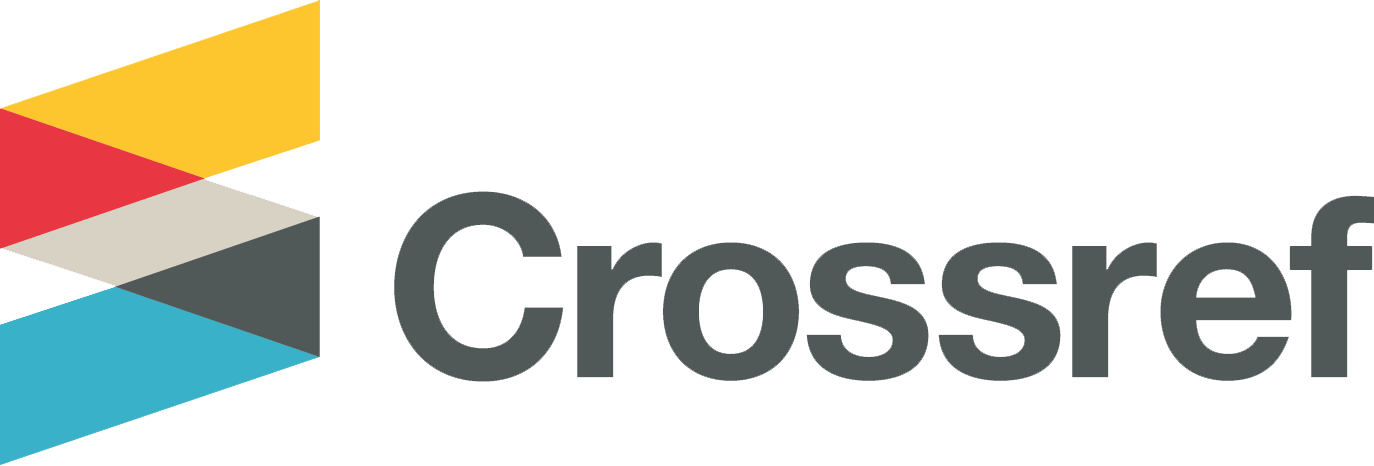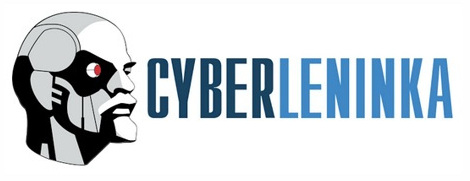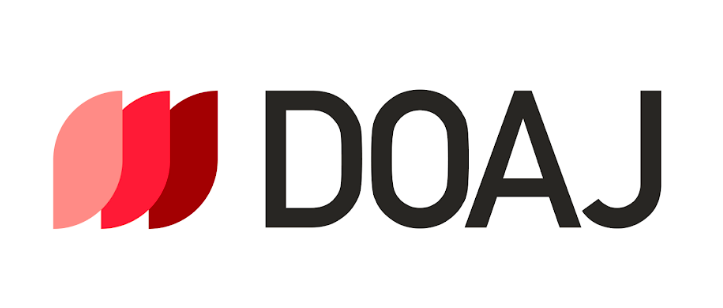Submissions
Submission Preparation Checklist
As part of the submission process, authors are required to check off their submission's compliance with all of the following items, and submissions may be returned to authors that do not adhere to these guidelines.- The article has not been published in or submitted for publication to any other journal.
-
The topic, length and structure of the article fulfil the journal’s requirements provided in the
Author Guidelines. The article is accompanied by all the necessary information and
appendixes. -
The article is a Word Document, saved in Microsoft Word 2007 or a later version. Automatic
hyphenation is disabled, alignment is justified, pages are numbered. The bibliography fulfils
the journal’s requirements. -
The text has been proofread before submission and cannot be improved further in its present
state. - The article is attached by the open publication clearance certificate indicating that the contents of your submission are not subject to any restrictions as intelligence making up state secret (Article 5 of the Law of the Russian Federation on State Secrets) or information classified as state secrets as specified in the Russian Federation Presidential Decree No. 1203 of 30 November 1995, and, as such, is not classified and may be published openly.
- The article is attached by the separate file with information about five possible reviewers of the article (name without abbreviations, academic degree, place of work, position, e-mail). Reviewers should not have shared publications with the authors of the article in the last 3 years.
Copyright Notice
The work is provided under the terms of the Public Offer and of Creative Commons public license Creative Commons Attribution 4.0 International (CC BY 4.0).
This license permits an unlimited number of users to copy and redistribute the material in any medium or format, and to remix, transform, and build upon the material for any purpose, including commercial use.
This license retains copyright for the authors but allows others to freely distribute, use, and adapt the work, on the mandatory condition that appropriate credit is given. Users must provide a correct link to the original publication in our journal, cite the authors' names, and indicate if any changes were made.
Copyright remains with the authors. The CC BY 4.0 license does not transfer rights to third parties but rather grants users prior permission for use, provided the attribution condition is met. Any use of the work will be governed by the terms of this license. The Publisher holds the rights to the journal issue as a collective work.
Privacy Statement
The names and email addresses entered on this journal’s website will be used exclusively for the stated purposes of this journal and will not be made available for any other purpose or to any other party.






